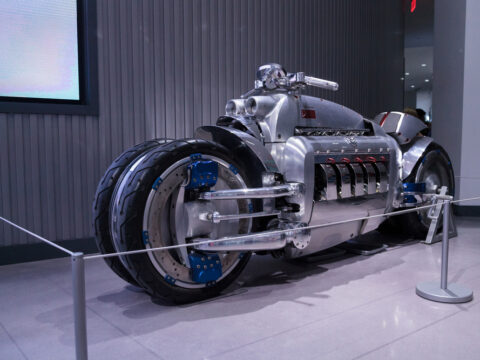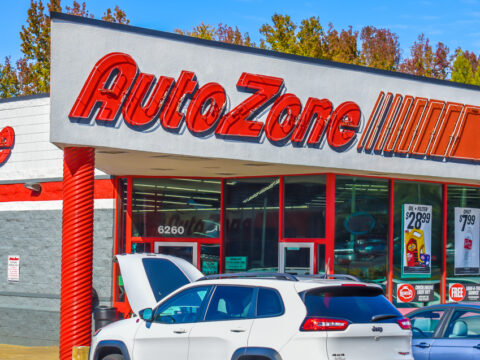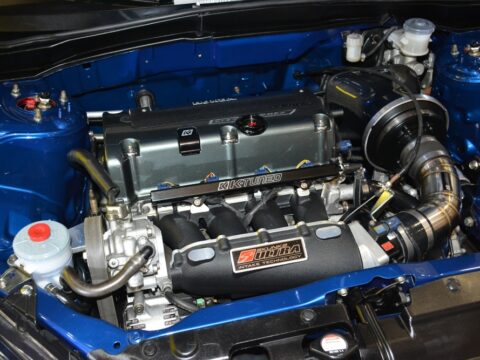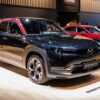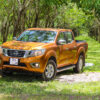Not every SUV from the past became a household name. While some models thrived, others quietly faded into obscurity, either due to design flaws, competition, or changing consumer preferences. Let’s take a look at 19 vintage SUVs that, despite their unique features, never gained widespread popularity.
Contents
Jeep Wagoneer (Early Models)
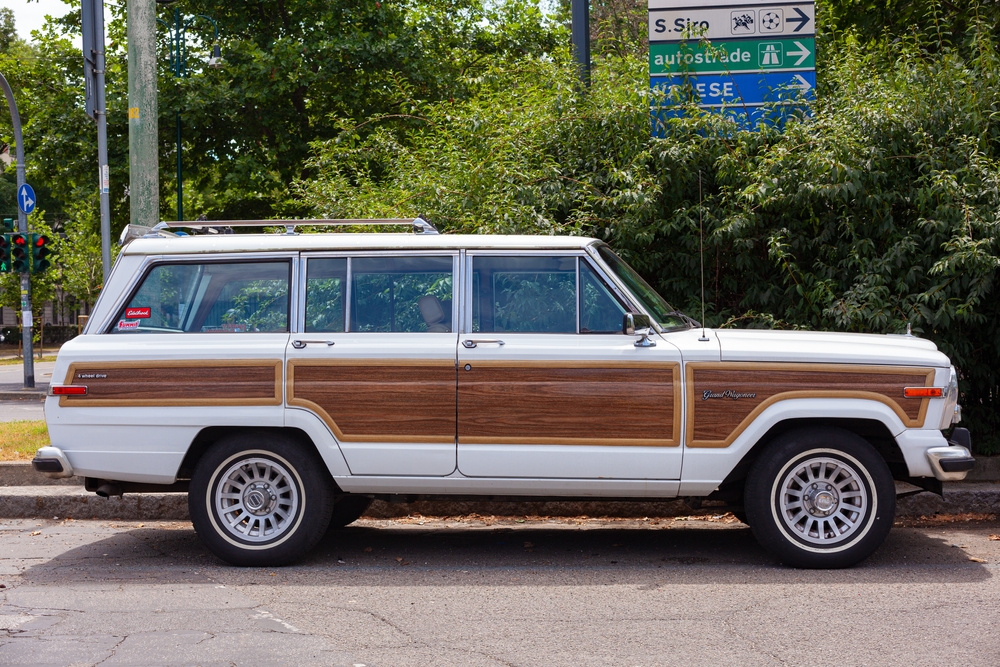
Though the Jeep Wagoneer is remembered today as an early luxury SUV, its initial reception was underwhelming. The high price point and fuel-thirsty V8 engines didn’t resonate with the average 1960s buyer. Additionally, its bulky, boxy design felt out of place compared to sleeker vehicles of the time. Only later, after design improvements and the rise of SUVs, did the Wagoneer begin to shine, but its early years were far from popular.
International Harvester Scout II
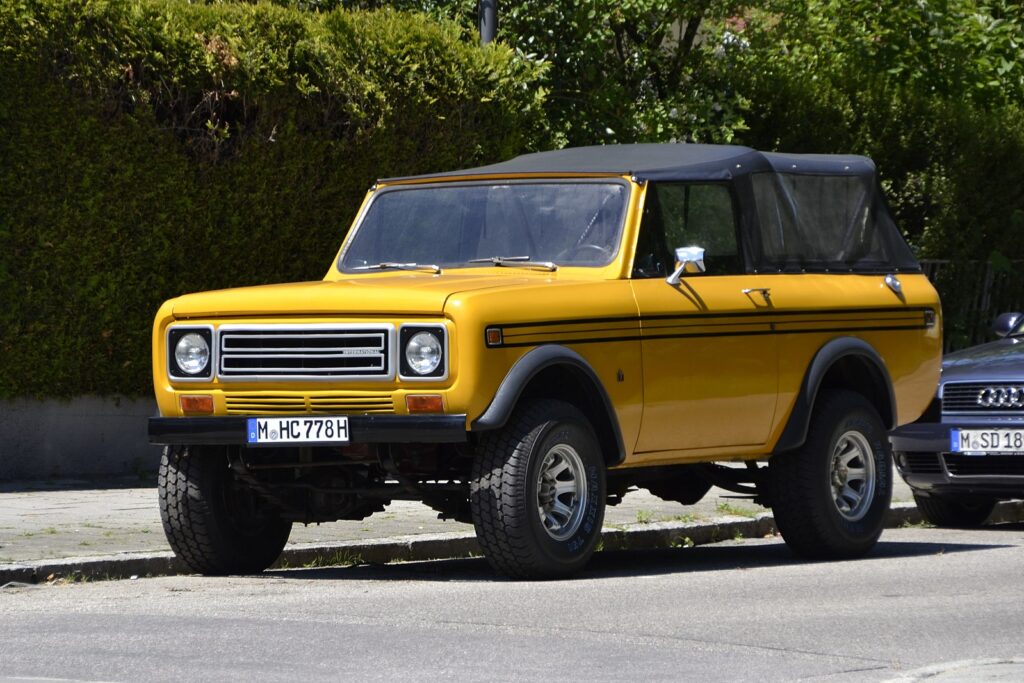
The International Harvester Scout II was a rugged off-roader, yet it never captured a large market share. Its primary issue was stiff competition from better-known brands like Jeep and Ford. The Scout II’s utilitarian nature appealed to a niche audience, but it lacked the refinement and comfort buyers were starting to seek in SUVs.
Ford Bronco II
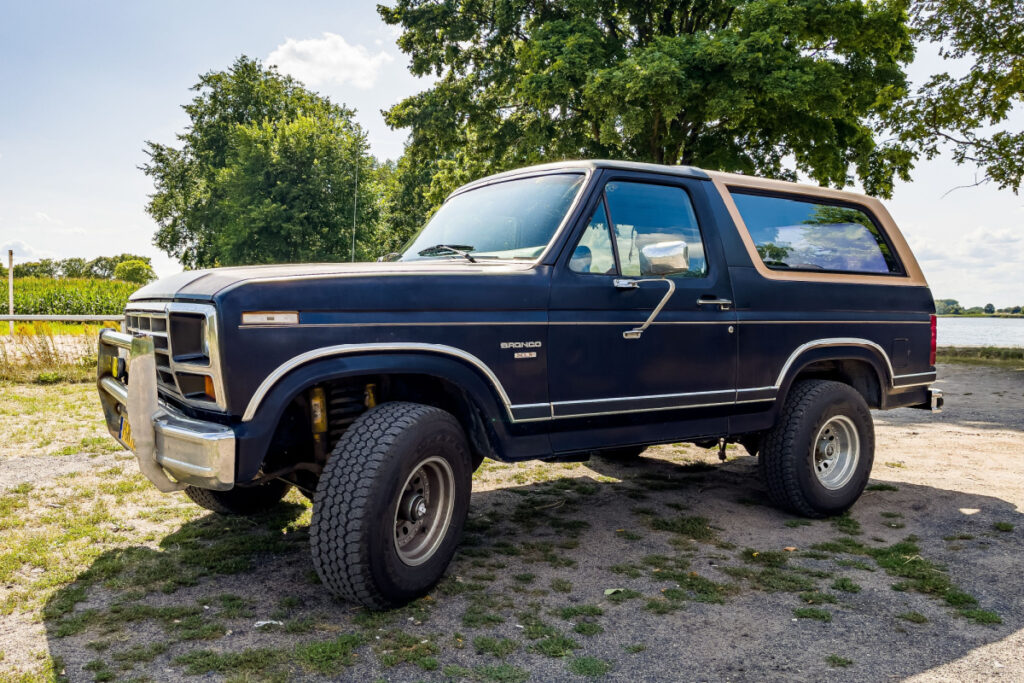
Ford’s Bronco II aimed to deliver a compact version of the beloved Bronco but fell short due to significant safety concerns. Plagued by stability issues, particularly a tendency to roll over, the vehicle quickly earned a bad reputation. Its compact size was another drawback, limiting its practicality for families looking for more spacious alternatives. As a result, the Bronco II was discontinued after a relatively short production run.
Isuzu Trooper
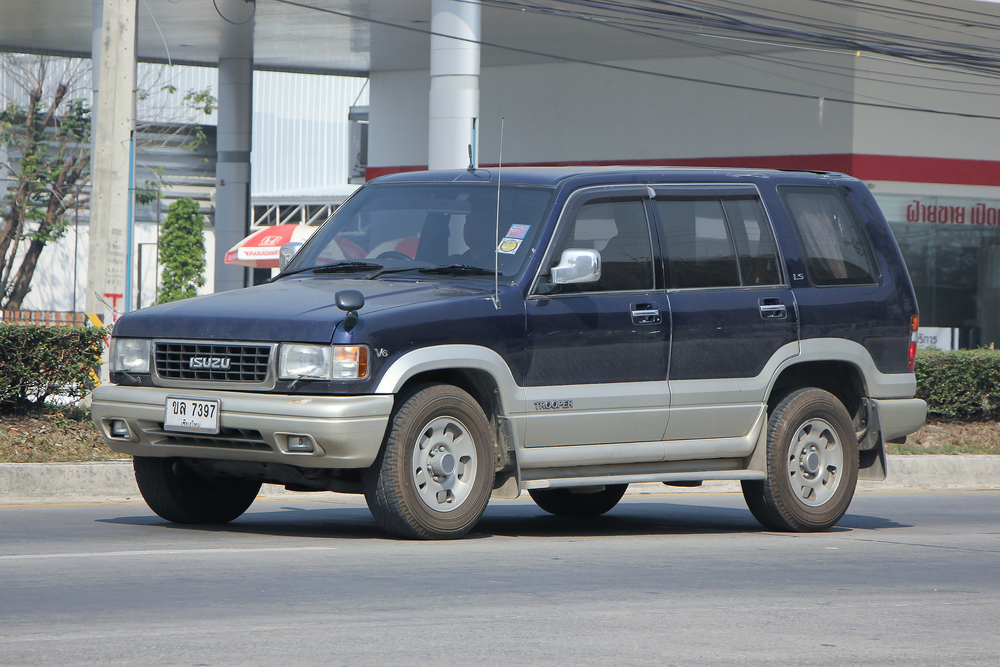
The Isuzu Trooper brought strong off-road capability, but its boxy design and lack of on-road refinement left it struggling in a competitive market. It was reliable in tough conditions, yet underpowered engines hampered its appeal for everyday drivers. By the mid-1990s, other SUVs were offering better comfort and smoother rides, leaving the Trooper behind.
AMC Eagle
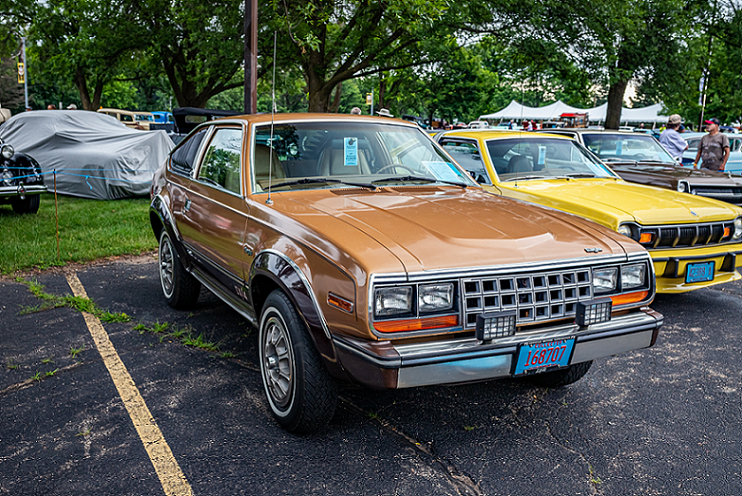
The AMC Eagle was a quirky blend of station wagon and SUV, but its hybrid design confused buyers. While its all-wheel-drive system was ahead of its time, the Eagle never gained traction with mainstream consumers. AMC’s financial struggles and limited brand appeal also hindered the vehicle’s potential success. Eventually, the Eagle faded from the market as other, more traditional SUVs took over.
Toyota Land Cruiser FJ55
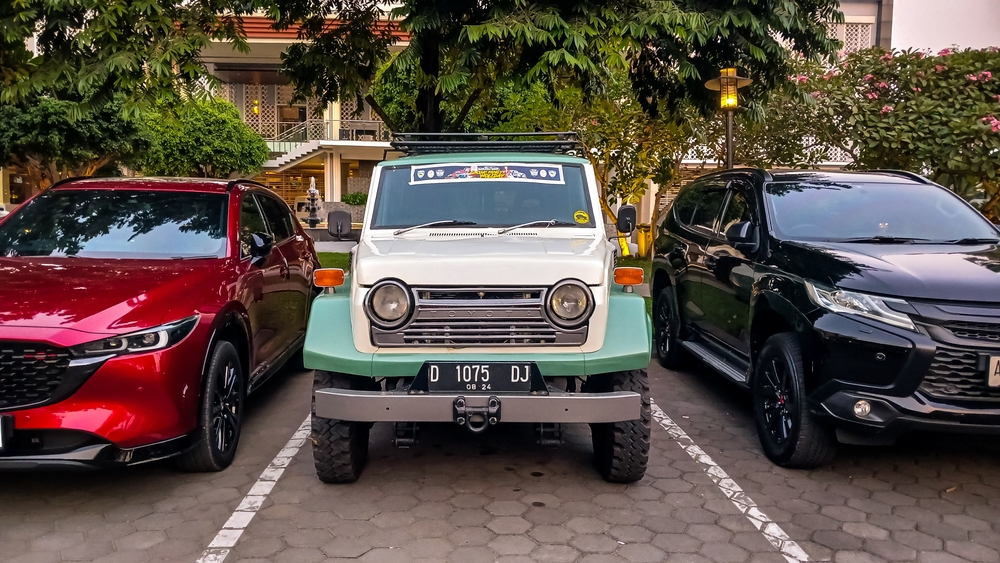
Nicknamed the “Iron Pig,” the Toyota Land Cruiser FJ55 was built for durability but lacked the design appeal necessary to win over American buyers. Its boxy, heavy look contrasted sharply with sleeker SUVs entering the market. Although highly capable off-road, its slow acceleration and minimal comfort features made it a tough sell in the U.S. market. As a result, it remained more popular with off-road enthusiasts than the general public.
Suzuki Samurai
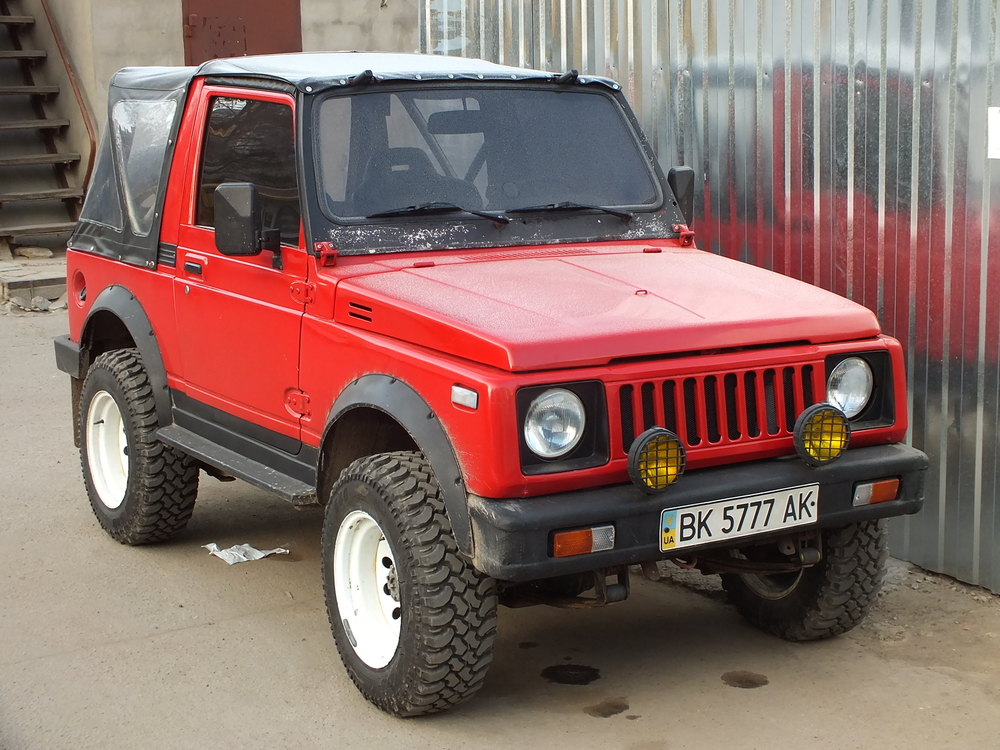
The Suzuki Samurai had the potential to be a popular compact SUV, but it quickly ran into trouble. A Consumer Reports investigation claimed the Samurai had a high risk of rollovers, and this negative press severely damaged its reputation. Despite its affordable price and decent off-road ability, the Samurai couldn’t recover from the bad publicity.
Nissan Patrol (60 Series)
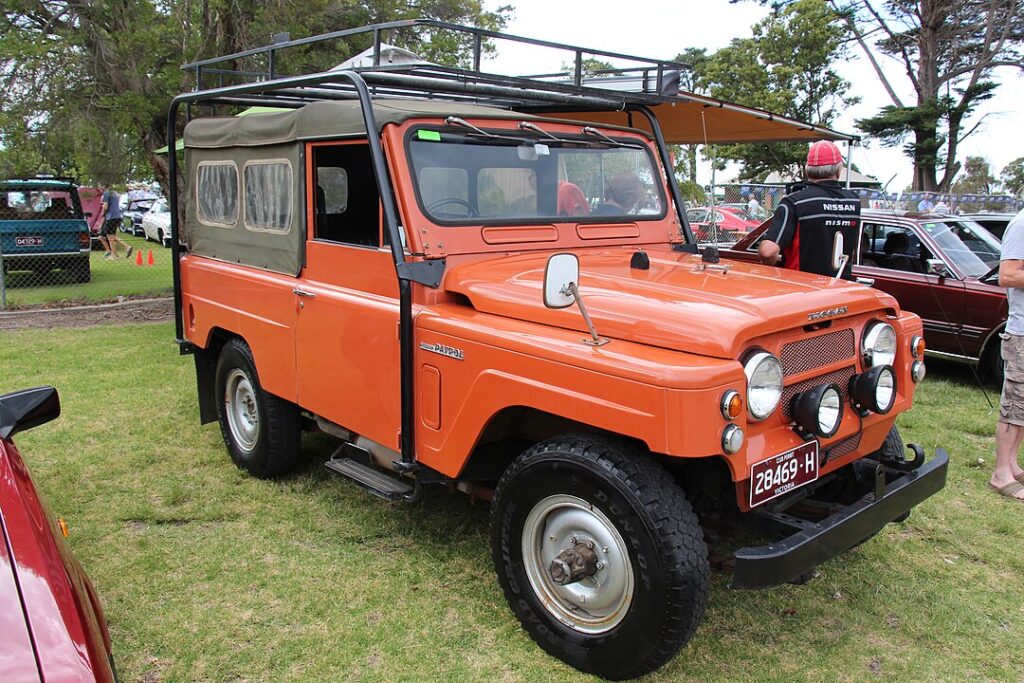
The Nissan Patrol 60 Series was a formidable off-roader but struggled to gain widespread acceptance in the U.S. While popular in other parts of the world, the Patrol couldn’t compete with established American brands like Jeep and Land Rover. Its utilitarian interior and lack of comfort features further alienated potential buyers. Ultimately, the Patrol’s niche appeal kept it from becoming a household name in the SUV market.
Daihatsu Rocky
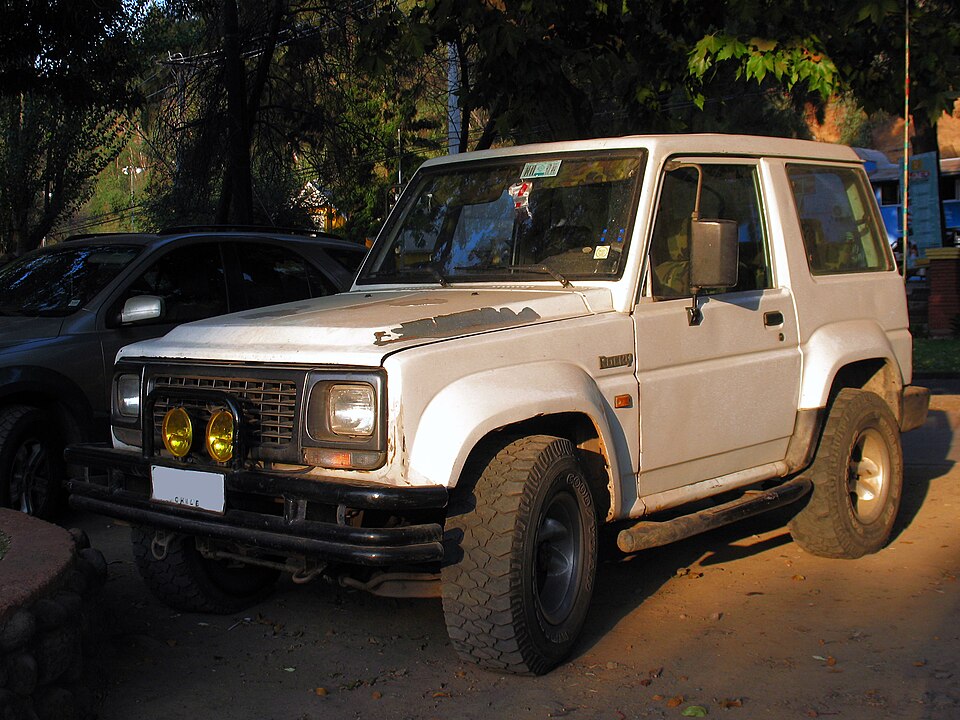
Daihatsu introduced the Rocky as a compact SUV in the late 1980s, hoping to carve out a space in the American market. However, the Rocky’s small size and underwhelming engine performance couldn’t keep up with more powerful rivals. It also suffered from a lack of brand recognition, with Daihatsu being a relatively unknown player in the U.S.
Oldsmobile Bravada
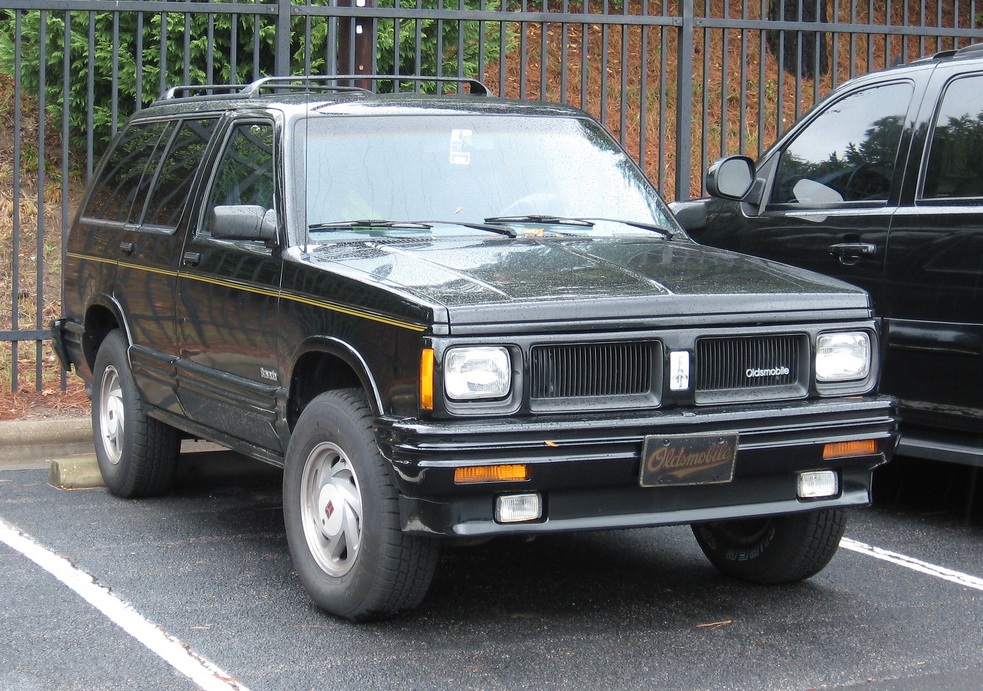
Oldsmobile’s Bravada was among the earliest attempts at a luxury SUV, but it failed to capture consumer interest. Sharing its platform with the Chevrolet Blazer, the Bravada was marketed as a higher-end option but never lived up to its luxury promises. Its higher price, combined with Oldsmobile’s declining brand image, limited its appeal. Though some appreciated its features, the Bravada never reached the same popularity as its more rugged counterparts.
Mitsubishi Montero (1st Gen)
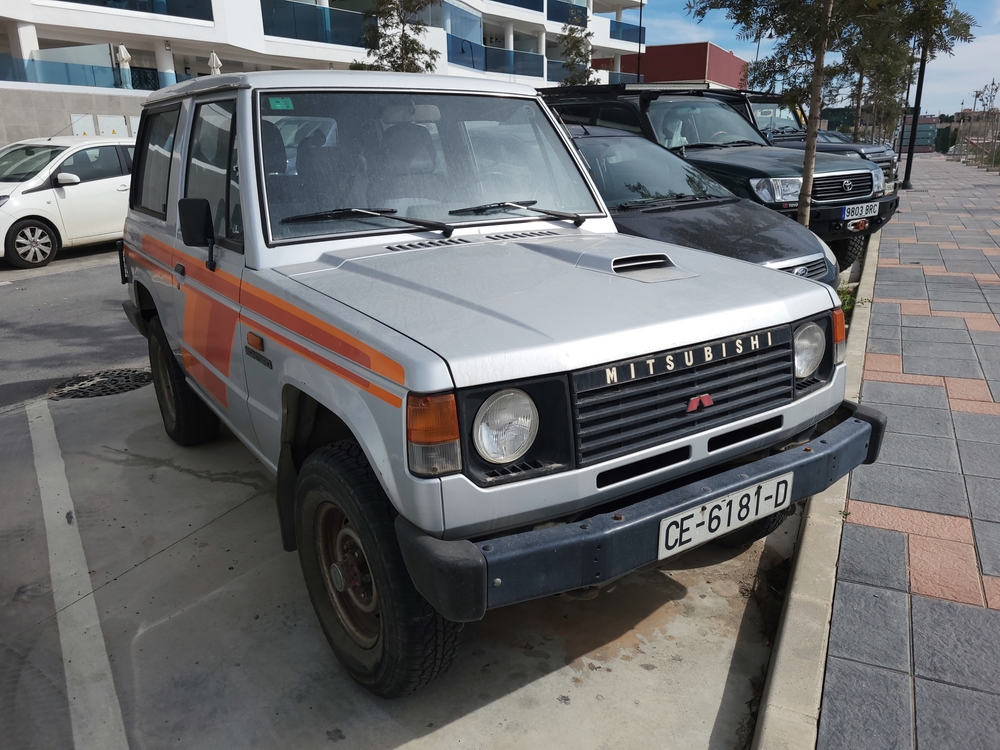
The first-generation Mitsubishi Montero offered solid off-road capability, yet it never achieved the popularity of competitors like the Jeep Cherokee. One reason was its basic, boxy design, which lacked the sophistication needed to attract a broader audience. Additionally, its rough ride quality on highways turned off buyers seeking comfort.
Peugeot P4
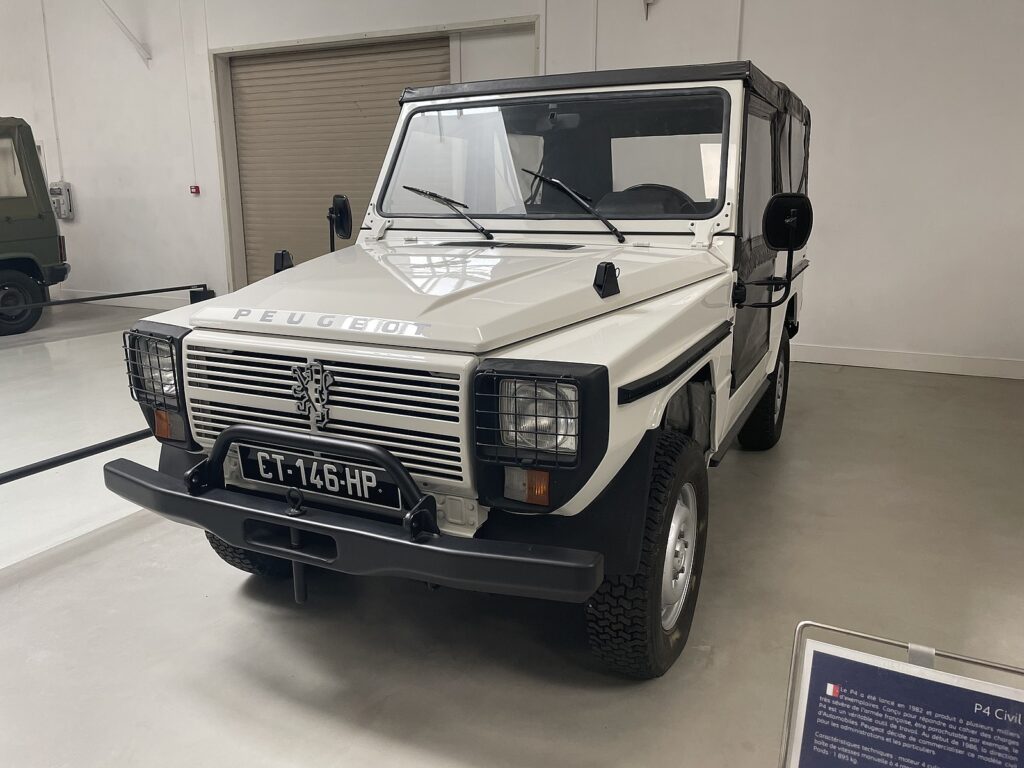
The Peugeot P4, essentially a civilian version of a military vehicle, had difficulty finding a market in the 1980s. While its rugged design was ideal for off-road use, it lacked the luxury and refinement that were becoming essential in SUVs at the time. High costs and limited brand recognition outside Europe also worked against its success. It never managed to carve out a significant share of the market and remained a rare sight.
Mercedes-Benz G-Wagon (Pre-2000 Models)
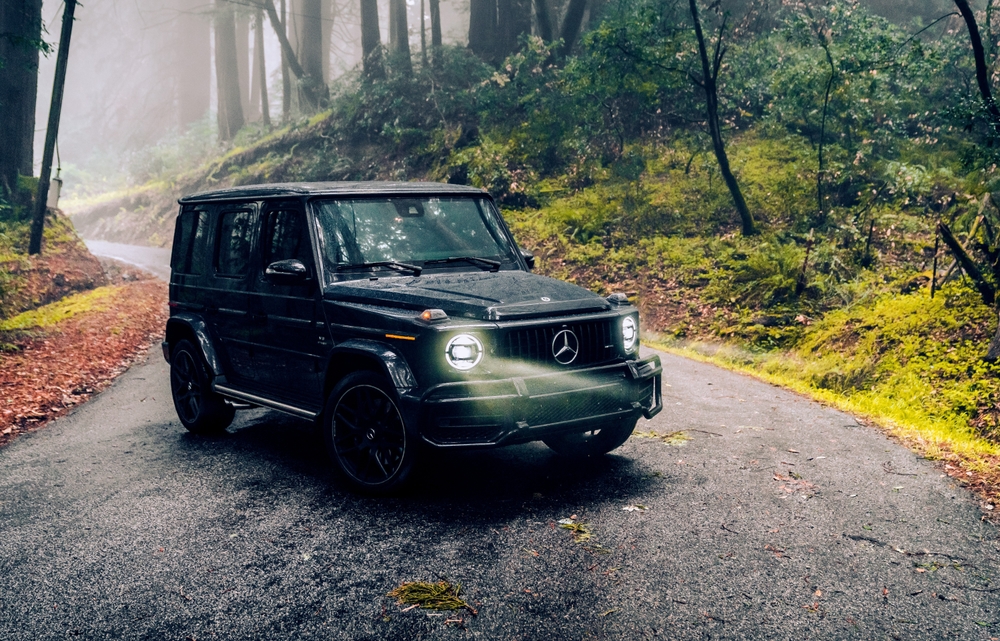
Before the G-Wagon became a luxury icon, its earlier versions were far from popular in the U.S. Initially built for military use, these pre-2000 models were more utilitarian than stylish. Their rugged design and lack of comfort features didn’t appeal to American consumers looking for more refined SUVs. Only when Mercedes revamped the G-Wagon with luxury appointments did it start to gain traction.
Fiat Campagnola
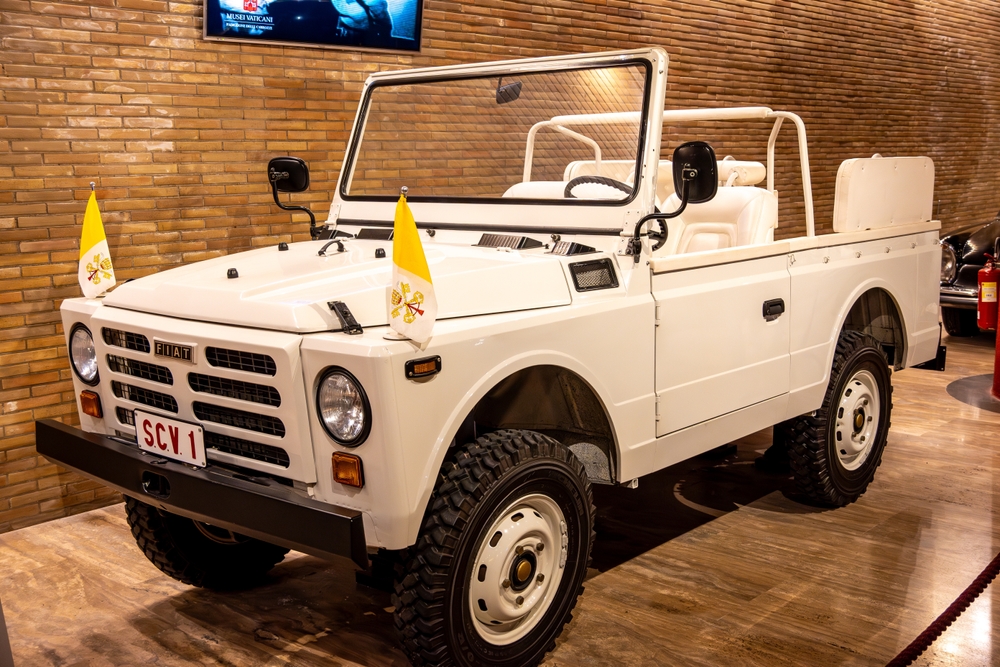
The Fiat Campagnola, a military-derived SUV, failed to attract much attention in civilian markets. Its spartan design, coupled with Fiat’s reputation for unreliable vehicles in the 1970s, made it a hard sell. Although capable off-road, it lacked the comfort and features that buyers wanted in a personal vehicle. Limited production runs and poor marketing also contributed to its lack of success outside of Europe.
Chevrolet LUV 4×4
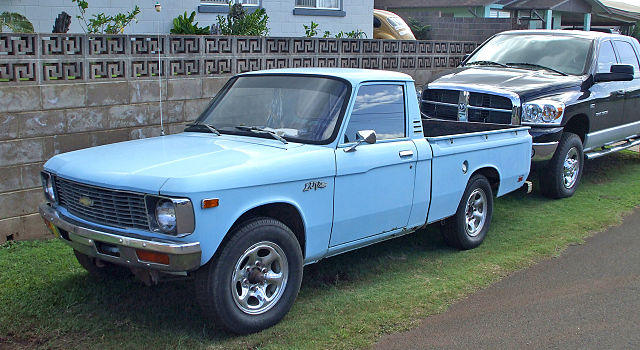
Chevrolet’s attempt to expand its small LUV truck into an SUV with the LUV 4×4 never caught on. Released in the late 1970s, the LUV 4×4 was underpowered and didn’t have the rugged appeal that SUV buyers were starting to expect. It also didn’t have the size or strength to compete with more capable off-road vehicles. Its brief production run made it a forgotten entry in Chevrolet’s history.
Jeepster Commando

The Jeepster Commando tried to combine Jeep’s off-road abilities with more everyday usability but never gained widespread popularity. Its design was retro, yet it didn’t offer the rugged performance Jeep fans expected. Furthermore, the vehicle’s outdated technology and smaller engines didn’t attract buyers looking for power. It was eventually overshadowed by Jeep’s other, more capable models.
Dodge Ramcharger (1st Gen)
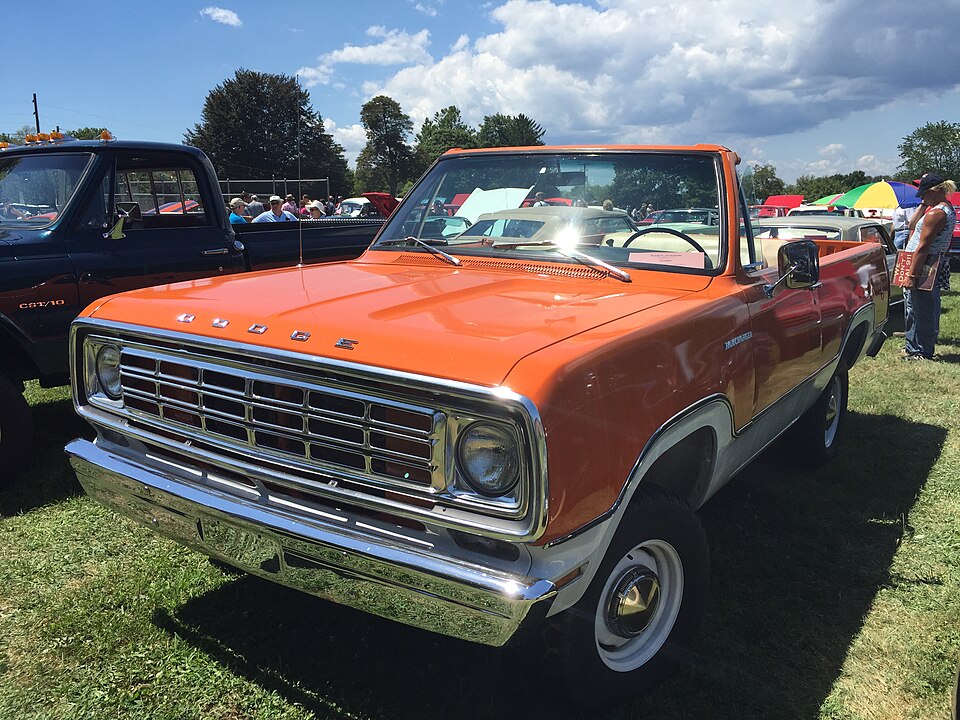
Dodge introduced the first-generation Ramcharger to compete with the Ford Bronco and Chevy Blazer, but it didn’t gain the same level of fame. Its large size, combined with poor fuel economy, made it less desirable during the fuel crises of the 1970s. Dodge’s focus on trucks also meant the Ramcharger didn’t receive the marketing attention it needed.
Volkswagen Thing
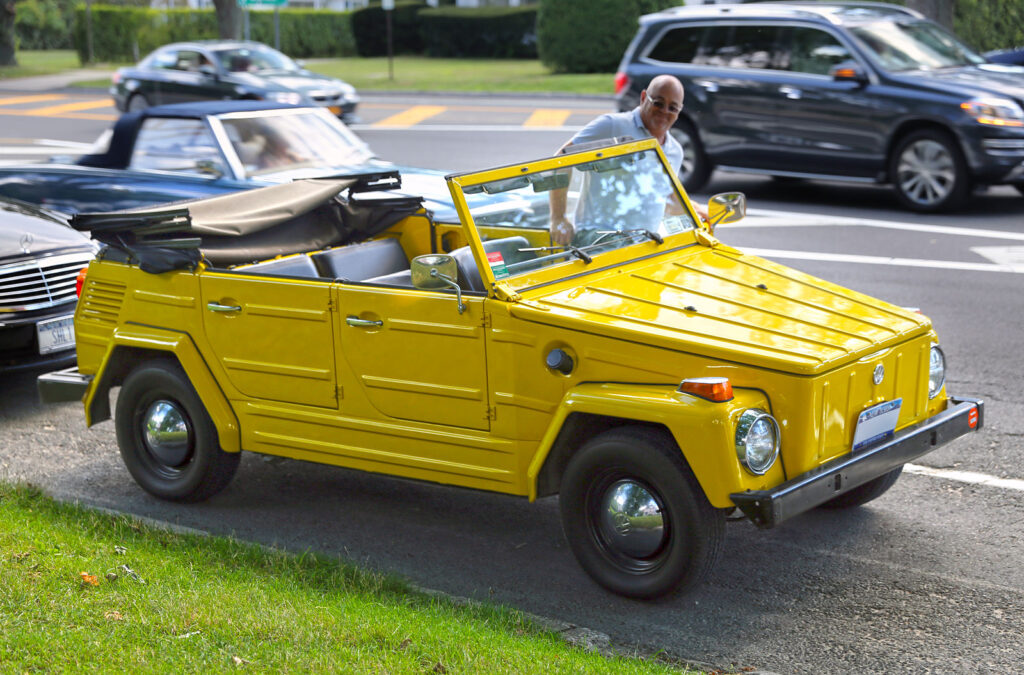
Volkswagen’s Thing was a peculiar vehicle that could handle off-road conditions but wasn’t built for mass-market appeal. Originally a military vehicle, the Thing’s unusual design turned off many potential buyers. Despite its ruggedness, it lacked the power and refinement that were becoming standard in SUVs. Its novelty factor couldn’t save it, and production was short-lived.
Subaru Brat
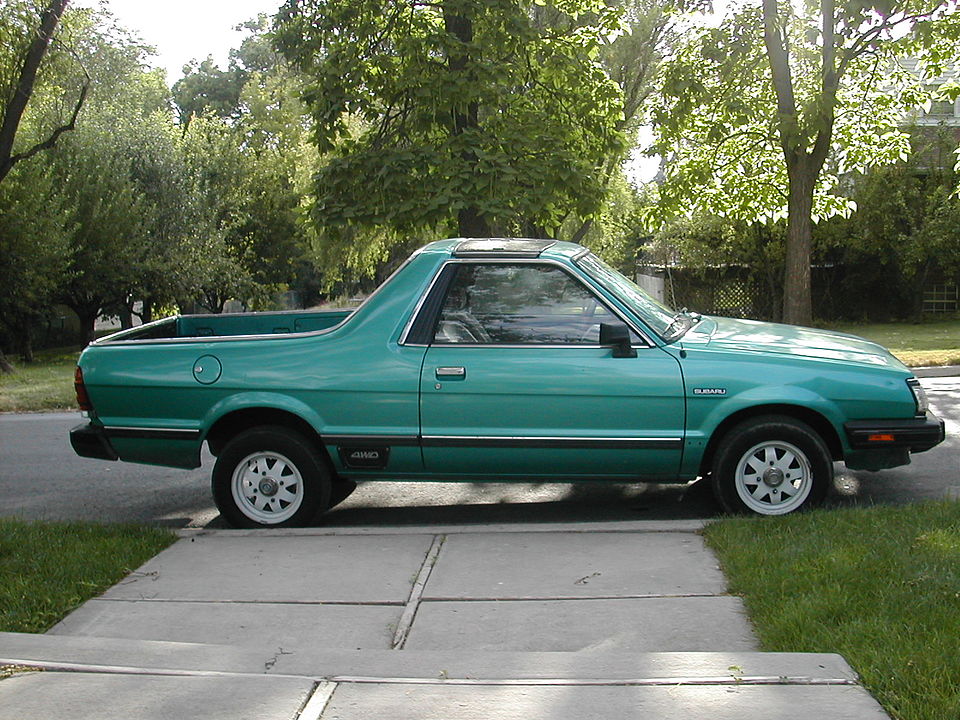
The Subaru Brat, a mix of pickup and SUV, struggled to find its place in the market. Its rear-facing seats in the truck bed, though quirky, didn’t appeal to many buyers. Additionally, it didn’t offer the same level of utility or power as its competitors. While it developed a cult following, the Brat was discontinued in the 1980s, and its popularity never truly took off.
This article originally appeared in MyCarMakesNoise.
More from MyCarMakesNoise
15 Underrated Vintage Motorcycles to Check Out
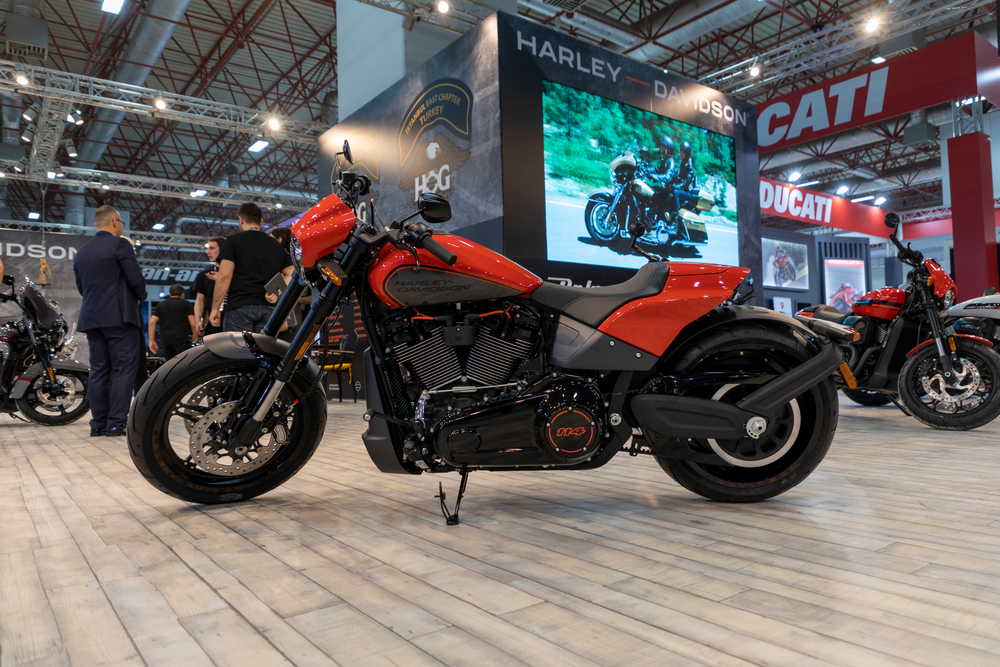
Venturing into the realm of forgotten vintage motorcycles unveils a treasure trove of two-wheeled gems that have quietly slipped away from the mainstream spotlight. These bikes, each boasting a blend of classic charm and modern features, offer more than just a ride – they provide a unique slice of motorcycling history and a distinctive style that sets them apart from contemporary models. Read More.
14 Interesting Facts About the BMW M3
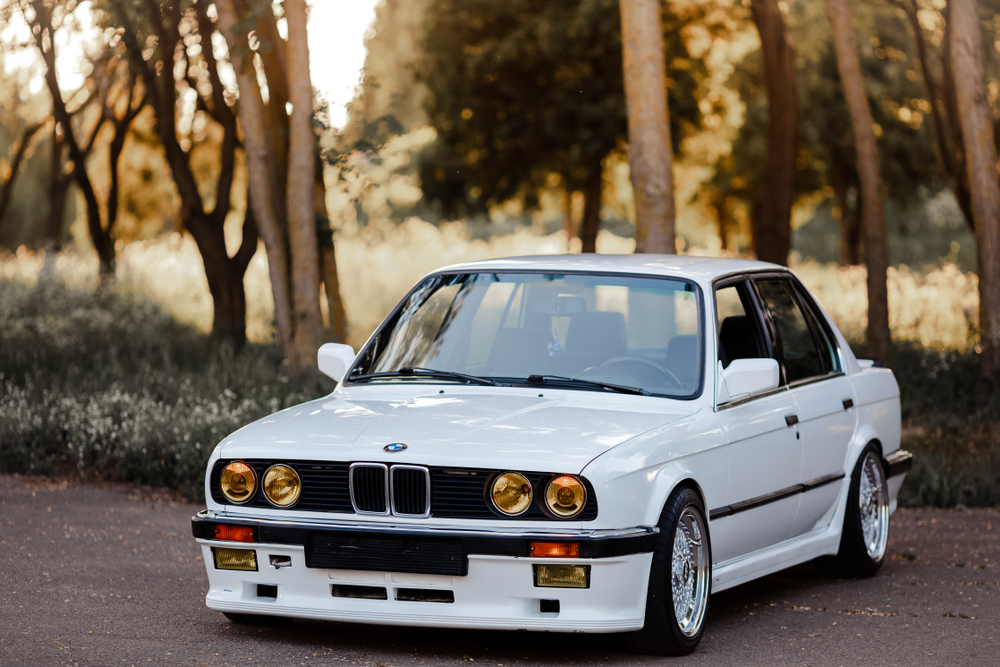
The BMW M3 is a legendary sports car known for its blend of performance, style, and innovation. From its motorsport origins to its cutting-edge technology, the M3 has captivated car enthusiasts for decades. Read More.
8 Amazing Feats Achieved by Space Shuttles
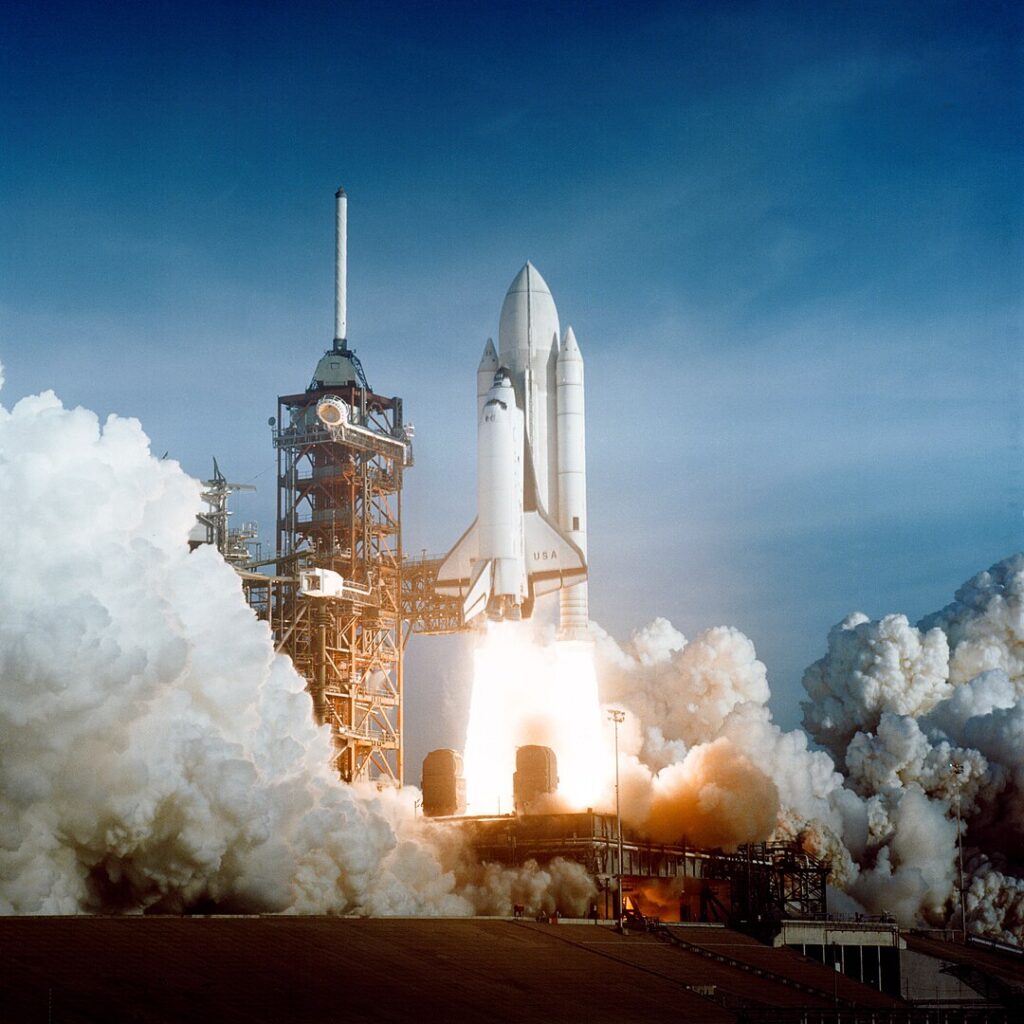
The space shuttle program was a cornerstone of space exploration, achieving remarkable feats over its 30-year history. From deploying iconic telescopes to enabling international cooperation, these versatile spacecraft transformed our understanding of space. Read More.

